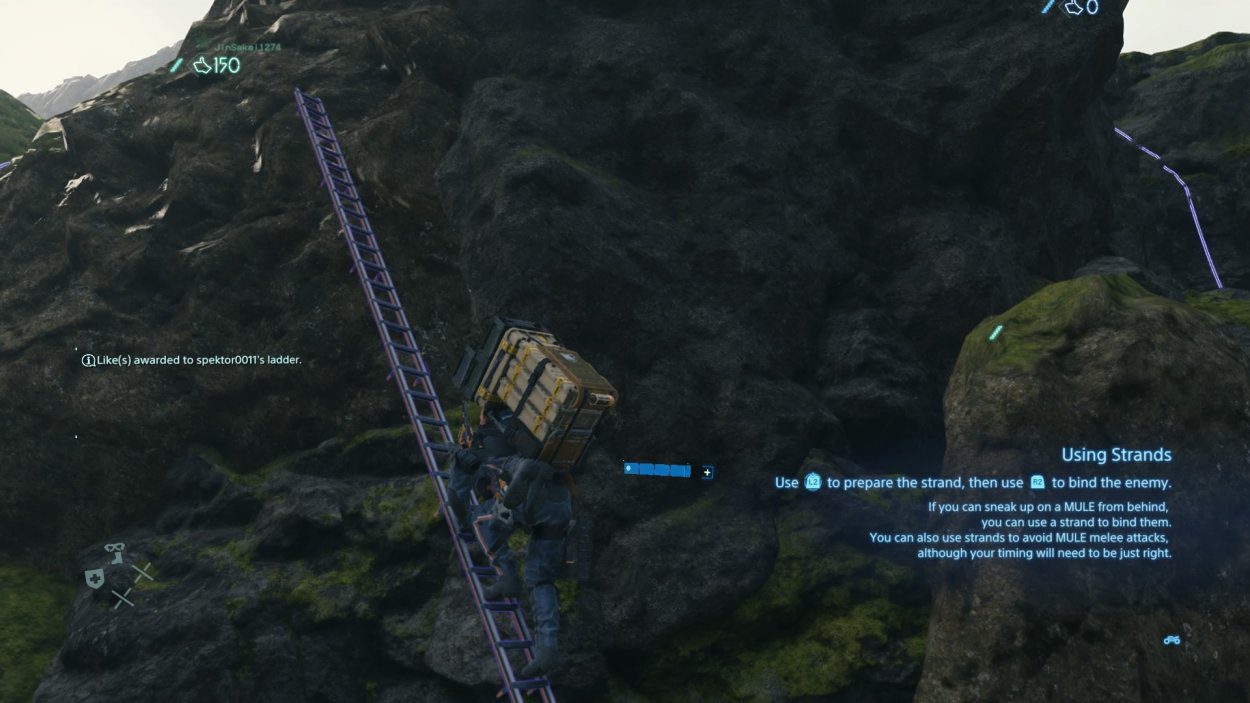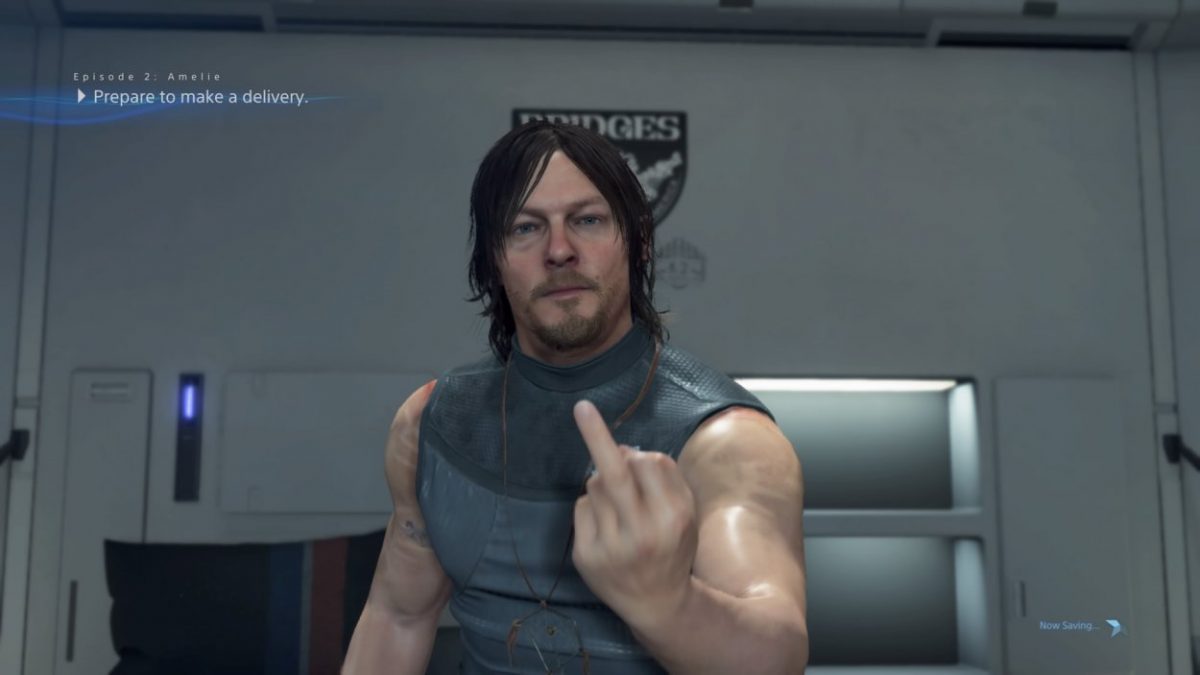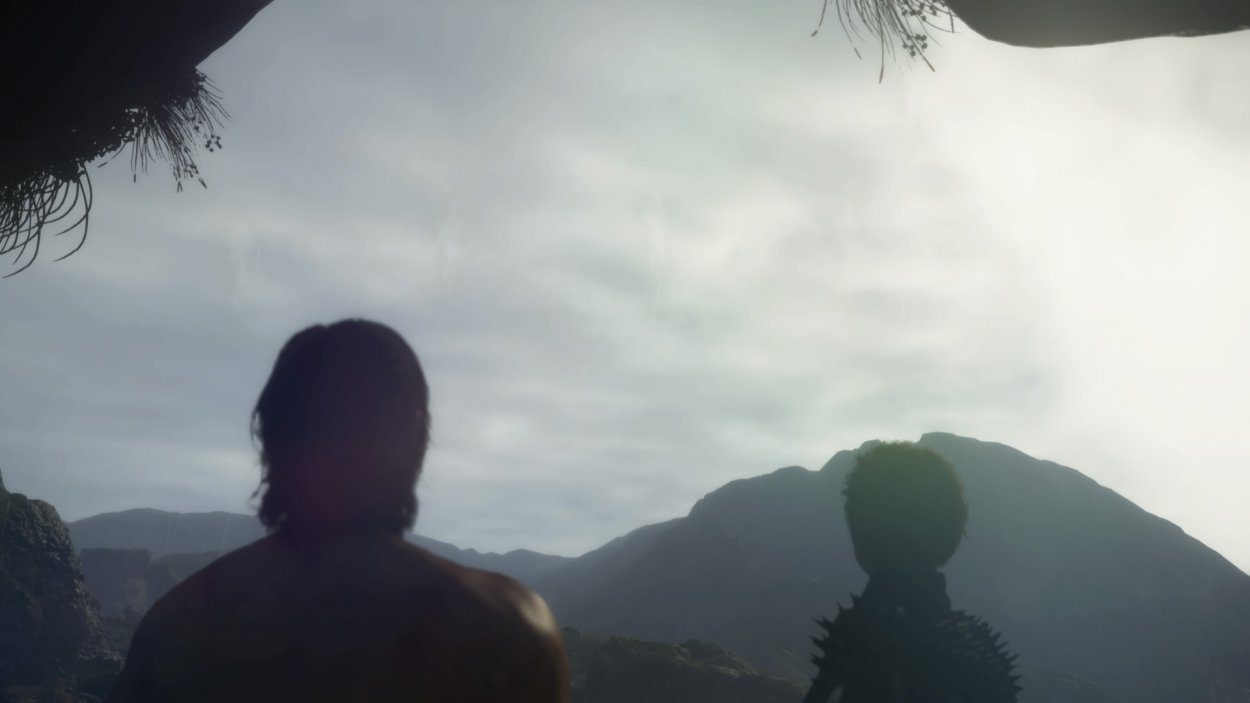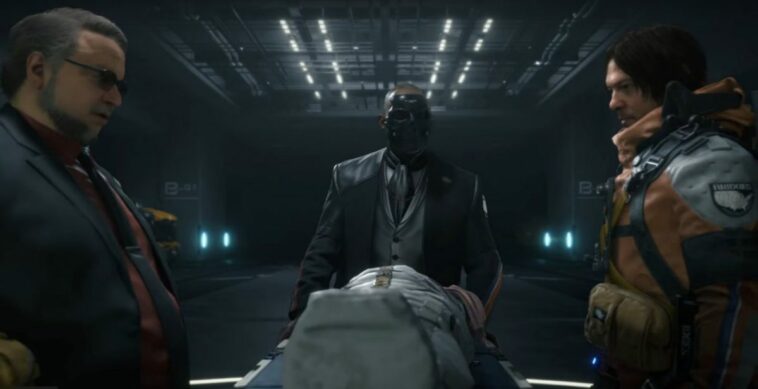Genius. Artist. Madman. These are just some of the adjectives people have used to describe Hideo Kojima. The creator of the Metal Gear Solid franchise is credited with inventing the stealth genre and redefining the concept of cinematic videogames. Four years after his public falling out with Konami, Kojima has finally released a new game that he has promised would create an entirely new genre for the medium, Death Stranding.
Determined to push the boundaries of what gaming can do as an interactive experience, the little we’ve seen of Death Stranding over the years has promised to be the auteur’s biggest project yet. Boasting a cast of A-list celebrities and cryptically teasing out its story and themes through occasional trailers. Now that the game is finally in our hands, it’s time to take a look and see whether Death Stranding is truly the start of a new genre for games, or Kojima having finally bitten off more than he could chew.
In Death Stranding, you play as Sam Porter Bridges in a post-apocalyptic version of America where a cataclysmic event known as the “Death Stranding” has wiped out the majority of the country. As a porter, Sam’s job is to deliver packages to different cities by foot, all the while avoiding “BTs”, Lovecraftian-esque specters that can drag people to the “other side”.
It’s difficult to talk about the story without spoiling some of the surprises Kojima has planted. If you’ve ever played a Metal Gear Solid game, you can expect Kojima’s usual style; exposition-laden cutscenes that on their own could be short films, ridiculous and on-the-nose names for much of the main cast and an overly labyrinthine plot. Suffice to say, you either like Kojima’s style or you don’t, and Death Stranding does nothing to hinder his vision.
Gameplay

The main meat of the gameplay is exactly what Kojima has shown us during these last couple of months before the game was released; you control Sam as he lugs various packages to different settlements, with each settlement subsequently getting “connected” to an online network, in order to “make America whole again” as the characters put it. To aid them on their journey, the player must “chiral print” tools to help them navigate the rivers and mountains that are peppered throughout the open world. There is a capacity regarding how much Sam can carry and the way the player chooses to have him carry said cargo affects their balance. Stack too many items on top, and you’ll have to maintain your balance via the repeated use of the left and right trigger buttons.
This doesn’t sound like very exciting gameplay, and it quite often isn’t. In addition to plotting out what route you’ll take, you also have to contend with the “Timefall”—a periodical rain that can damage the supplies. Plus BTs that can drag Sam to the “other side” and face off against giant monsters called Catchers, as well as a faction of bandits that are referred to as MULEs.
When the BTs come, the player will have to engage in a stealth section where they’ll need to use a scanner called the Odradrek to determine where the BTs are and where they’re moving. Getting caught results in a gameplay sequence where the BTs attempt to drag Sam down, requiring the player to mash the square button in order to escape their grasp. The first few times I did this were definitely my least favorite part of the game. Mainly due to how powerless I felt against the BTs and it was only when the game granted me access to hematic grenades that the combat became much more satisfying.
The most intriguing aspect of the gameplay involves the Bridge Baby, or BB. This little fellow accompanies Sam at all times and is vital in helping Sam detect the BTs and scan areas. Depending on how badly you care of yourself on your trips, your BB will start having crying fits, at which point you must stop and rock the container holding it to calm it down. As of writing this, I find it repetitive to repeatedly comfort my BB, especially if it’s in a dangerous area, but I hold out hope for this to improve during the rest of the game.

In between missions, the player rests at an underground safe house where their statistics and supplies are refilled. In these moments, rather than controlling Sam, the player instead controls the game’s camera as they look around the room and direct Sam toward various focal points (possibly a cheeky reference towards Kojima’s dream of becoming a filmmaker). These points range from a mirror where Sam can wash up and take pictures of himself making funny facial expressions to using the shower/bathroom, where Sam’s bodily fluids are collected to develop anti-BT weaponry. There’s also a computer where the player can listen to music personally selected by Kojima and read database logs/emails that fill you in on the game’s lore.
Connecting the Strands
Out of all the game’s mysteries, people were most curious about it’s “online stranding system” which according to Kojima will truly change the way that players interact with each other.
Connections are a major theme in this game, in no small part due to Kojima’s own connections in the industry, giving him the resources needed to be able to create this game in the first place. In addition to connecting the different settlements, the player can build a variety of instruments that will appear in other players’ game. These range from ladders to motorcycles to postboxes where players can entrust other players to deliver any lost cargo should they choose not to do so themselves. Using these items automatically grants each one “likes”, with the purpose of encouraging players to give additional “likes”. As you enhance your Porter status by making more deliveries, you eventually unlock the option to request supply drops from other players. Given how the Dark Souls series has basically done this concept before, it’s not exactly as innovative as it sounds, but it’s a neat concept with a heartfelt message.
Conclusion (so far)

Trying to do a Day 1 review of this game was probably a bad idea from the start. Kojima has made it clear that the entire game must be played through to truly appreciate the statement he is trying to make. (He infamously mentioned that it wouldn’t be until the game’s second half that the game will truly become “fun”). As of this article, I have just completed the second chapter, which I am told is essentially the game’s prologue before the gameplay systems really open up. In that case, I’m definitely looking forward to playing more of the game.

